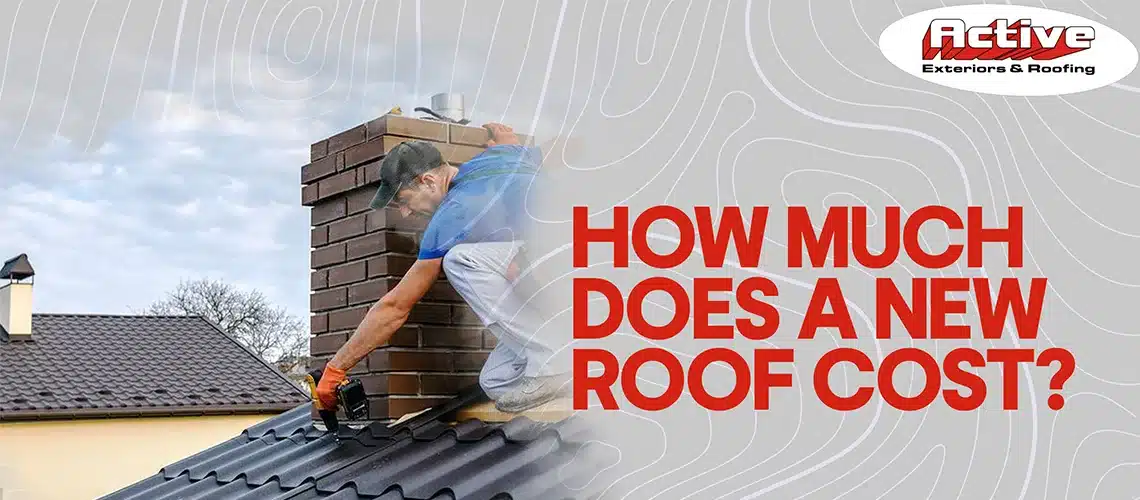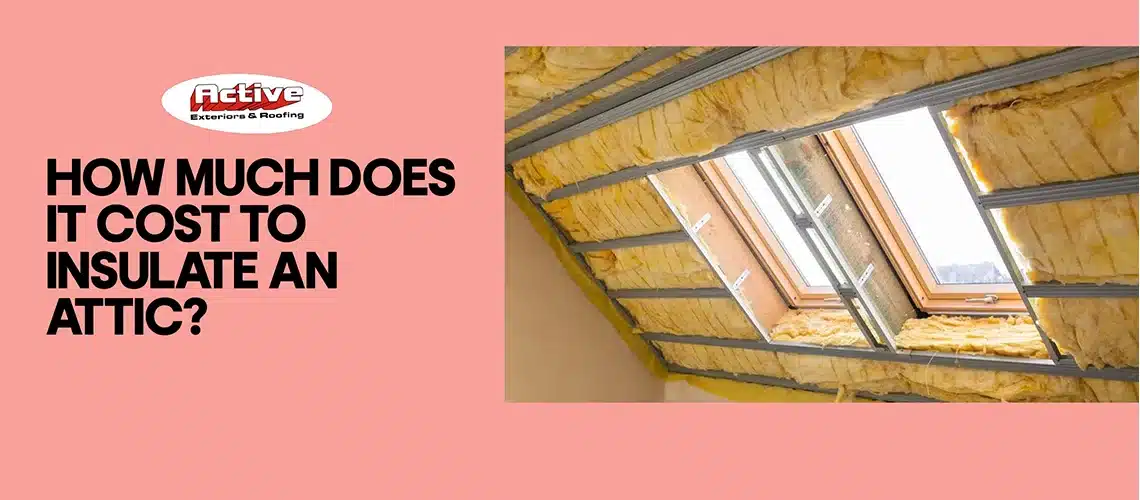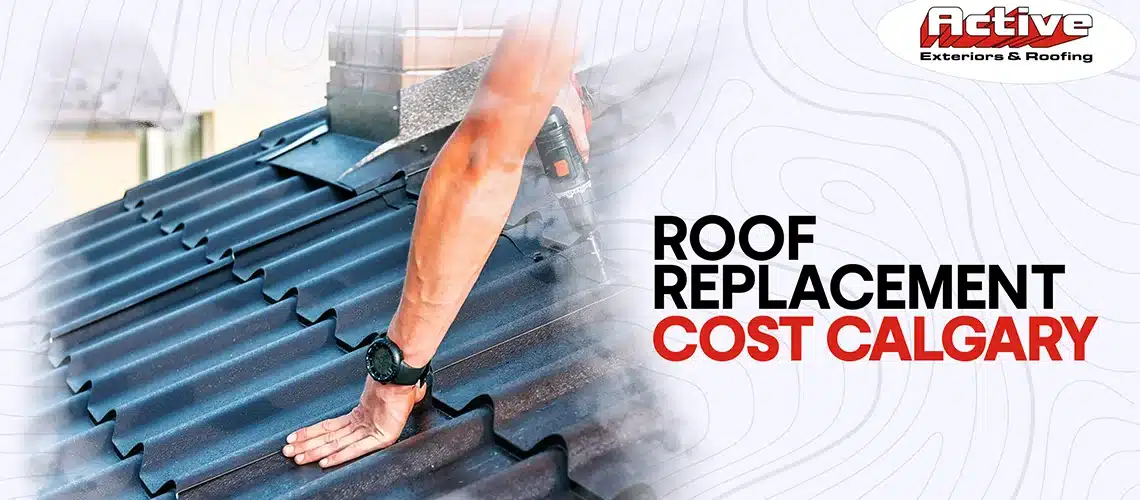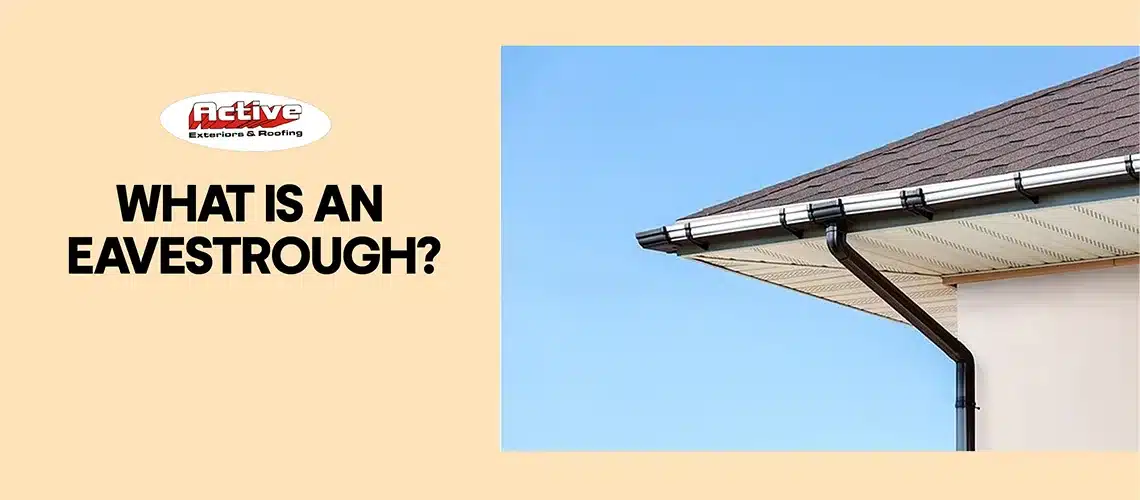Hardie board, also known as fiber cement siding, is renowned for its strength, resistance to the elements, and timeless aesthetic appeal. Installing Hardie board siding is a fantastic choice.
But if you have doubts about how to install Hardie board siding then this guide will walk you through the step-by-step guide in a clear and simple way, from getting ready to finishing up.
From the initial preparations to the finishing touches, we will provide you with clear instructions to ensure your siding installation is a success. So, roll up your sleeves, gather your tools, and let’s install a Hardie board in your home!
Material Need For Installing Hardie Board Siding
- Hardie board siding
- Starter strip
- Corner trim
- Window and door trim
- Stainless steel or hot-dipped galvanized nails
- Caulking
- Pneumatic nail gun (optional)
- Circular saw or table saw (with carbide-tipped blade)
- Level
- Chalk line
6 Easy Steps To Install Hardie Board Siding By Yourself
Installing Hardie board siding on your own doesn’t have to be hard at all. In fact, it’s surprisingly easy when you follow these straightforward guidelines.
- Prepare the wall – Remove any old siding or trim. Repair any damaged sheathing and insulate the wall, if necessary.
- Install the starter strip – The starter strip is a horizontal strip of siding that is installed at the bottom of the wall. It provides a base for the rest of the siding and helps to keep water out.
- Install the corner trim – The corner trim is installed at the inside and outside corners of the wall. It provides a finished look and helps to protect the siding from damage.
- Install the siding – Start at the bottom of the wall and work your way up. Overlap each piece of siding by 1/4 inch. Fasten the siding to the wall studs with stainless steel or hot-dipped galvanized nails.
- Install the window and door trim – The window and door trim is installed around the windows and doors. It provides a finished look and helps to seal out water.
- Caulk all the seams – Caulk all the seams between the siding, trim, and other openings in the wall. This will help to keep water out and protect the siding from damage.
Additional Tips to Make Your Siding Project Easier and Successful
- Use a pneumatic nail gun to speed up the installation process.
- Be sure to leave a 1/8-inch gap between the siding and the trim to allow for expansion and contraction.
- Use a chalk line to mark a level line for the first course of siding.
- Stagger the end joints of the siding to create a stronger and more attractive installation.
- Cut the siding with a circular saw or a table saw. Be sure to use a carbide-tipped blade.
- If you are installing the siding in cold weather, be sure to let the siding acclimate to the temperature for at least 24 hours before installing it.
- If you are not comfortable installing Hardie board siding yourself, it is best to contact Active Exterior. Our expert team will help you to install Hardie board siding with professional hands.
Frequently Asked Questions (FAQs)
-
What should I do if I am not comfortable installing Hardie board siding myself?
If you are unsure, it’s best to contact professionals like Active Exterior to ensure a professional and reliable installation.
-
Why is corner trim used in Hardie board siding installation?
Corner trim is installed at both inside and outside corners to provide a finished appearance and protect the siding from damage.
-
How should I fasten the siding to the wall studs?
Use stainless steel or hot-dipped galvanized nails to secure the siding, starting from the bottom and overlapping each piece by 1/4 inch.
-
What is the purpose of window and door trim in the installation process?
Window and door trim provides a finished look around openings and helps seal out water.
-
How can I speed up the installation process?
Consider using a pneumatic nail gun for faster installation.
-
Why should I leave a gap between the siding and trim?
A 1/8-inch gap allows for expansion and contraction of the siding with temperature changes.
Conclusion
With the right materials and tools, you can install Hardie board siding by following our simple steps. Make sure to prep the wall first, use starter strips and trim, attach the siding, and seal the seams for a beautiful, weather-resistant finish.
And if you ever feel that you are stuck while installing Hardie board siding, reach out to professionals like Active Exterior for expert help. So, don’t hesitate to Contact Active Exterior for professional assistance today!












